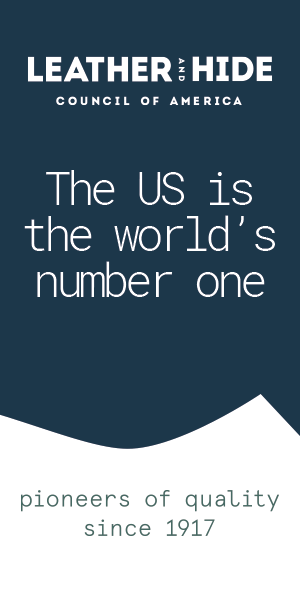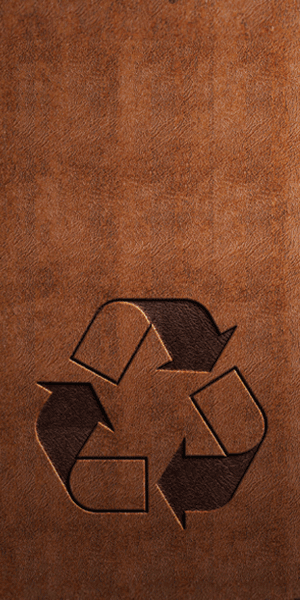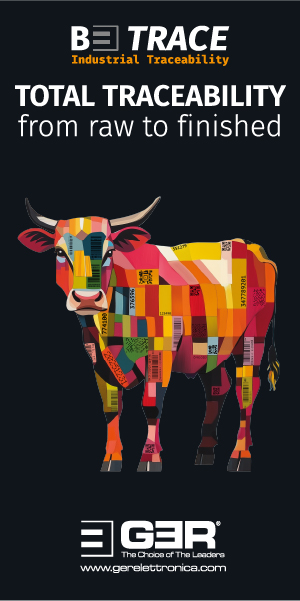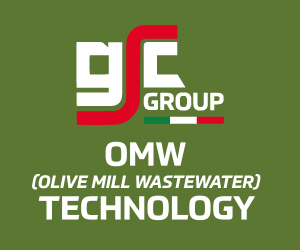Suwatchai Wongcharoensin – Regional influence

Thailand’s leather industry has much to offer finished product manufacturers across the Association of Southeast Asian Nations (ASEAN) economic union and beyond, according to industry leader, Suwatchai Wongcharoensin.
How many tanneries are there in Thailand today and how many people do they employ?
Thailand has around 200 tanning factories and these employ about 12,000 people.
What are the main types of raw material your member companies use and the main target application areas (footwear, automotive et cetera) for the finished leather they produce? If possible, please give a breakdown in percentages.
The main types of raw material used are domestic cow and buffalo hides, imported cowhide, imported pigskin and other skins. The main applications are leathergoods with around 40% of the total, shoes with 35%, furniture with 20%, and car seats with 5%.
What percentage of the finished leather your member companies produce stays in the domestic market?
Of the finished leather we make, 40% is used in Thailand and we export the other 60% to customers abroad.Which are the main export markets for you?
The main export markets are China, Hong Kong, Indonesia, the CLMV Group (Cambodia, Laos, Myanmar, and Vietnam), India, Bangladesh, Japan, the US, and the European Union.
The Regional Comprehensive Economic Partnership (RCEP) was ratified by Thailand and many partner countries at the start of 2022. What difference has this free trade agreement made in the short term to Thailand’s economy in general and to the leather industry in particular?
As with any new free trade agreement, many investors or manufacturers will need more time to study and to understand RCEP before they know what the benefits will be. In the short term, we in the leather industry will probably not see any benefit from RECP, but it can be further developed for our businesses, although that may take another two or three years.
RCEP’s signatories are the ten ASEAN countries (Brunei, Cambodia, Indonesia, Laos, Malaysia, Myanmar, Philippines, Singapore and Thailand), plus China, Japan, South Korea, Australia and New Zealand. What are your longer-term hopes and expectations for the partnership?
In the long term, it should be a good advantage for all manufacturers in all countries in the group because they will be able to do business more easily.
Many industry commentators have talked of an acceleration in the transfer of manufacturing platforms from China to other RCEP countries. In your opinion, what could this change mean for leather manufacturers in Thailand?
If manufacturing platforms are to move from China to other RCEP countries, I hope Thailand will be one of the countries on the list. During the covid-19 pandemic, leather manufacturers in Thailand had to develop and adapt, prepare themselves for the new market and get ready for new investment.
As a near neighbour, how do you view the current economic situation in China and what do you think will happen there in 2023?
The current economic situation in China now is that it is not quite open yet. China is a big country and it will not let any other country decide its economics. For the leather business, normally, the authorities there only provide support for operators in their country. But if China imposes limits and controls on its tanning industry, it could bring benefits to manufacturers in neighbouring countries. This could be good for our activity in the export market. Even now, China still needs to import some of the material it uses in making shoes and leathergoods and it sources some of this material in Thailand, Vietnam and other countries in the region. This change could be good for the Thai tanning industry; leather manufacturers in Thailand could win lots of new orders.
What are the general levels of optimism among your member companies about their prospects for 2023?
In the past two years, after covid-19, the economy has improved and demand for leather products has grown; this is because people have been spending more than before. We hope our members will get ready for new investment. Thailand is a hub in the tanning business in south-east Asia and there is demand for Thai leather and leather products in the global market. We want the Thai leather industry to be able to compete more and more in the global market. There are good standards for environmental management and large scale standardised wastewater treatment systems here. These are making it possible for us to have a higher level of performance in wastewater treatment than our competitors in other countries.
President of the Thai Tanning Industry Association, Suwatchai Wongcharoensin.Credit: WTP






























